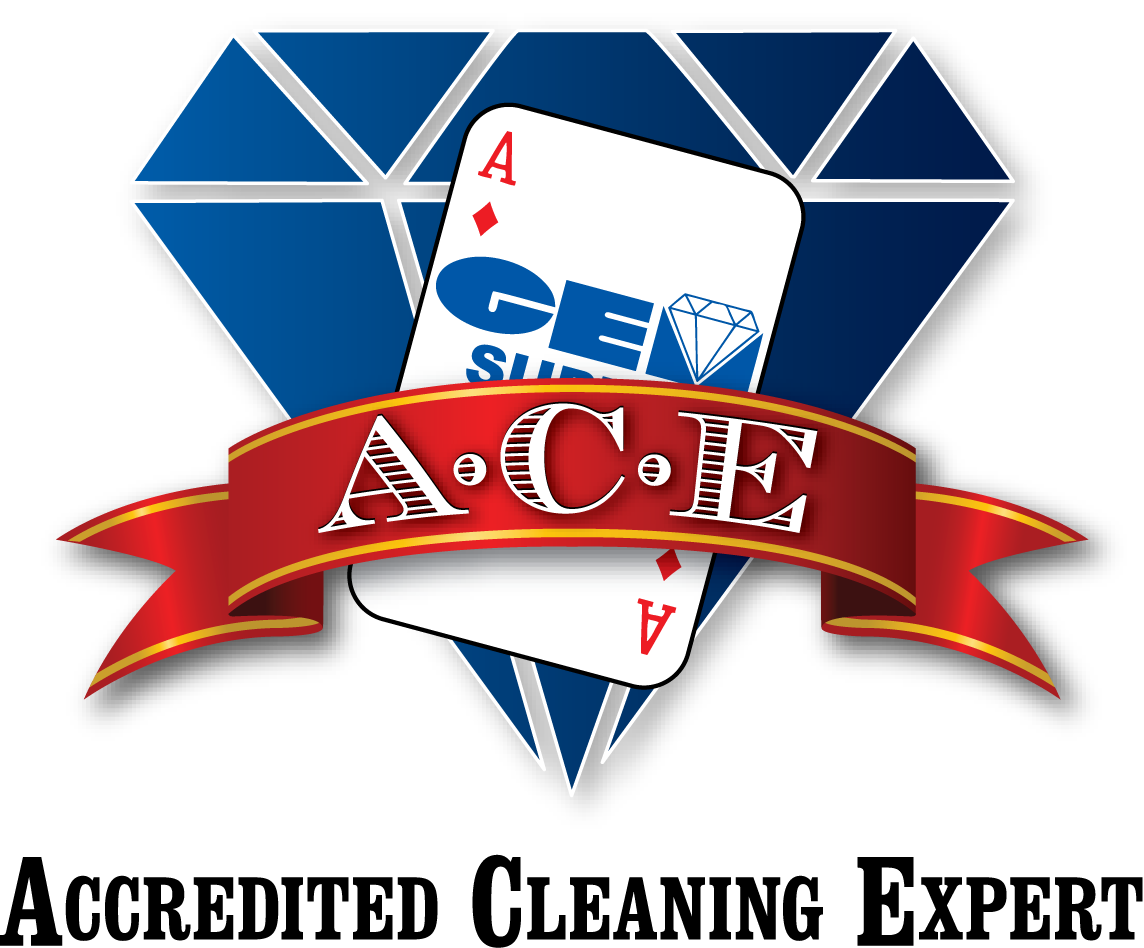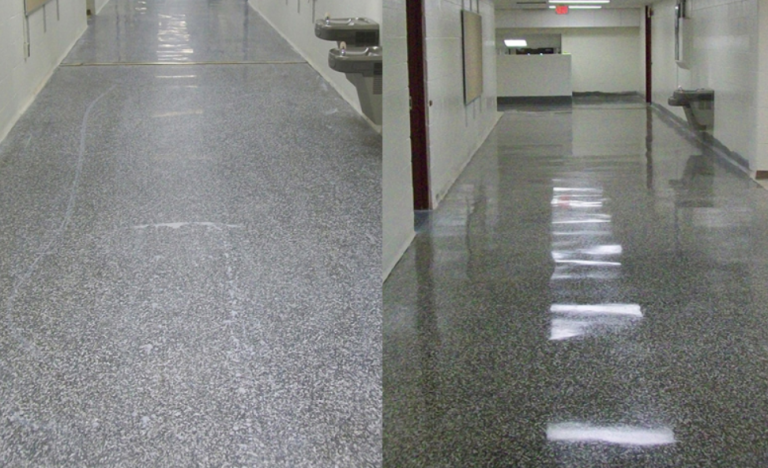Chemical Dispensers Reduce Waste and Save Time, CleanLink.com
Chemical Dispensers Reduce Waste and Save Time
By Kassandra Kania
One of the biggest cost savings of chemical proportioners is the reduction in chemical and water waste related to manual mixing methods.
“Back in the day, people believed more is better,” says Rod Taylor, sales team leader for KSS Enterprises, Kalamazoo, Mich. “If it said two ounces a gallon, then you swore to six ounces a gallon.”
Distributors also find that some customers who use the “glug-glug”method believe that cleaning products need to be a certain color in order to work properly.
“If you have a glass cleaner, for example, some people think it needs to be a really intense blue,” says Smith. “So they just keep pouring in concentrate until they get the ‘right’ color blue.”
With chemical proportioning systems, concentrated chemicals are accurately diluted to preset ratios, thereby eliminating the overuse of chemicals and/or water. Preportioned packets can also help minimize chemical waste by controlling the amount of chemical allotted to janitorial staff for each shift.
“When you use prepackaged chemicals you have guaranteed portion control,” says Banks. “You can calculate how many quarts an individual uses during their shift and allot them only the amount needed to do their job for that shift. By doing that you’re really pegging the cost.”
But preportioned chemical packets, like gallon jugs, can be misused.
“If they’re used properly and you have proper supervision of the people using them, packets are very effective,” says Smith. “However, it can be a problem if you’re supposed to put one packet in a bucket and you put in two or three. You have to have a good process in place to issue the packets and monitor their usage.”
In addition to rising costs due to chemical waste, customers need to consider the potential for increased labor costs as a result of improper mixing.
“[With manual mixing methods] people have a tendency to use more chemical, which can leave a sticky residue on the surface, leading them to redo work,” says Fishman. “Using chemical proportioning systems can help prevent this problem.”
Improperly mixed cleaning solutions can cause more harm than just a sticky surface.
“With a chemical proportioning system, you’re ensuring the chemical is being used correctly, so you’re not going to damage the surface you’re trying to clean by using too much chemical,” says Smith. “If you’ve got floor finish on a floor, for example, and you use a chemical that’s too strong it could damage the finish, which could lead to the need for another process to repair the damage.”
Similarly, and just as problematic, cleaning products that are too weak may not do a proper job of cleaning or disinfecting.
Chemicals are not the only things being wasted with a “glug-glug” method. Switching to dilution control systems can help end users also save time — and, of course, in the cleaning business, time is money.
“According to ISSA standards, every time you stop the job and go back to the cabinet to refill chemicals you lose 20 minutes,” says Banks.
With a chemical dispenser, janitors no longer have to spend time manually mixing product.
“If I’m using a proportioning system, it’s a quicker, simpler process,” says Taylor. “You just push a button instead of having to measure out the product and mix it up.”
Kassandra Kania is a freelance writer based in Charlotte, N.C. She is a frequent contributor to Sanitary Maintenance. Read more at CleanLink
![]()



